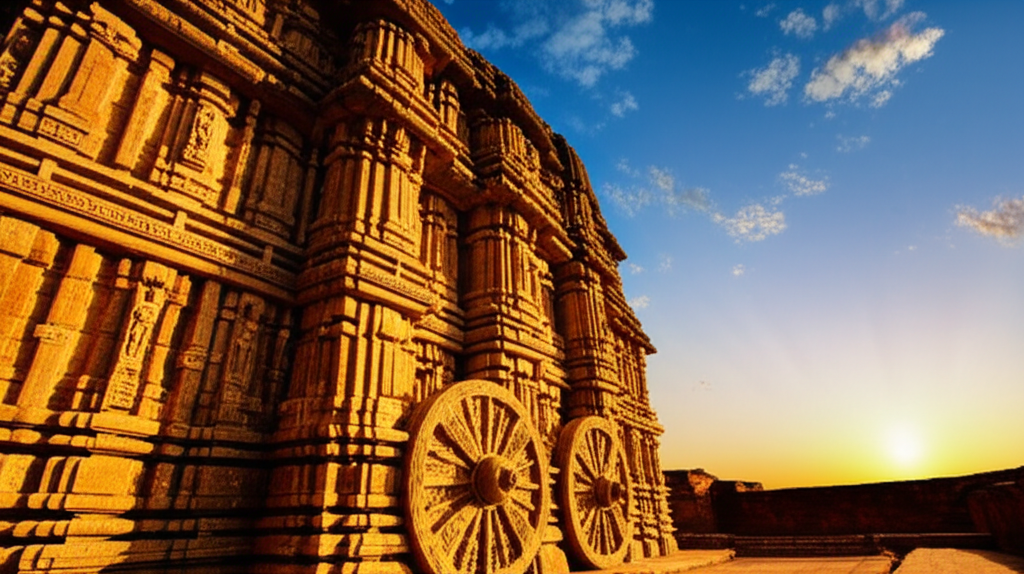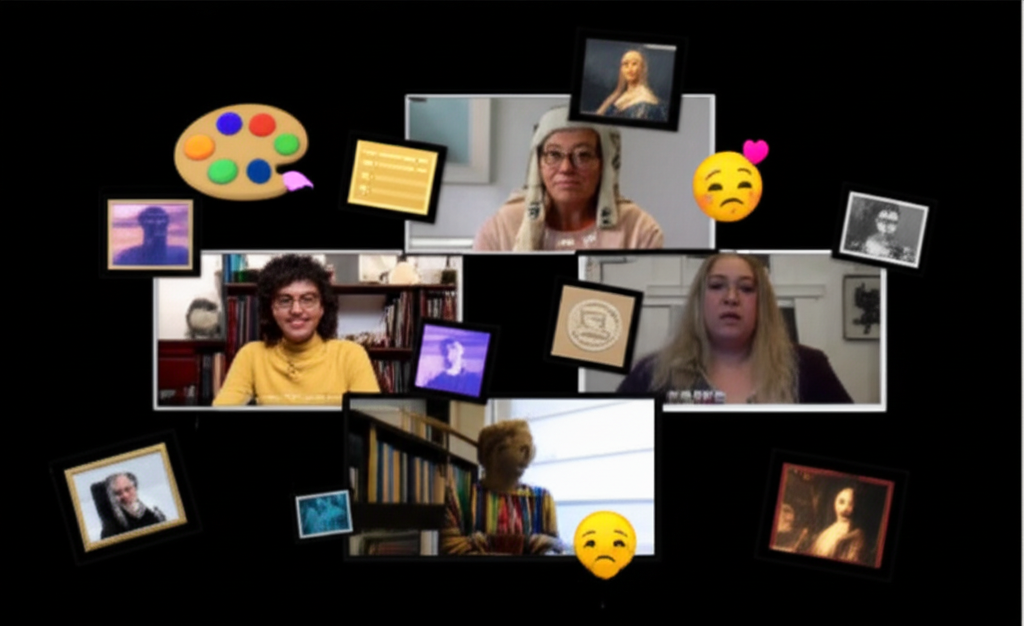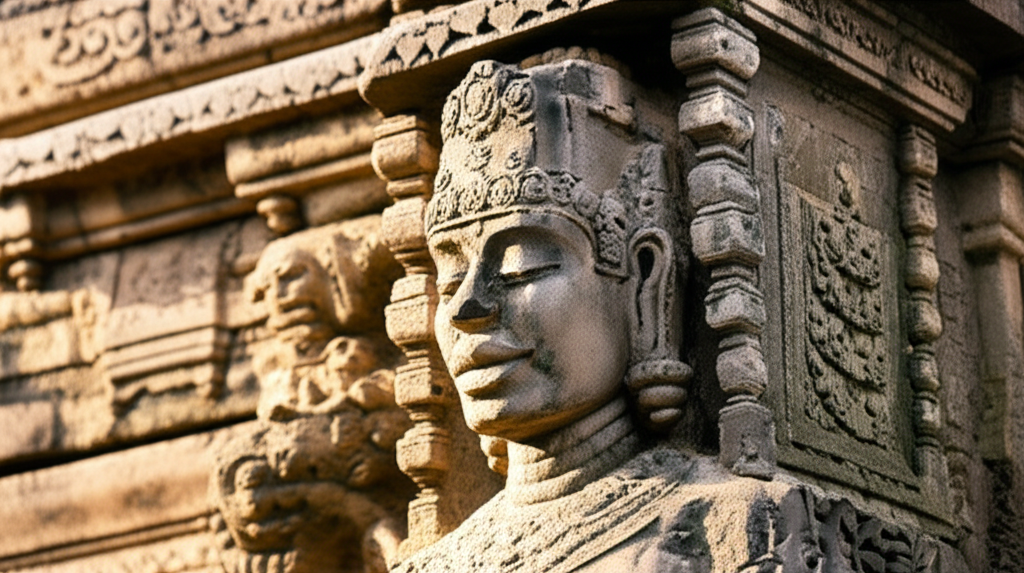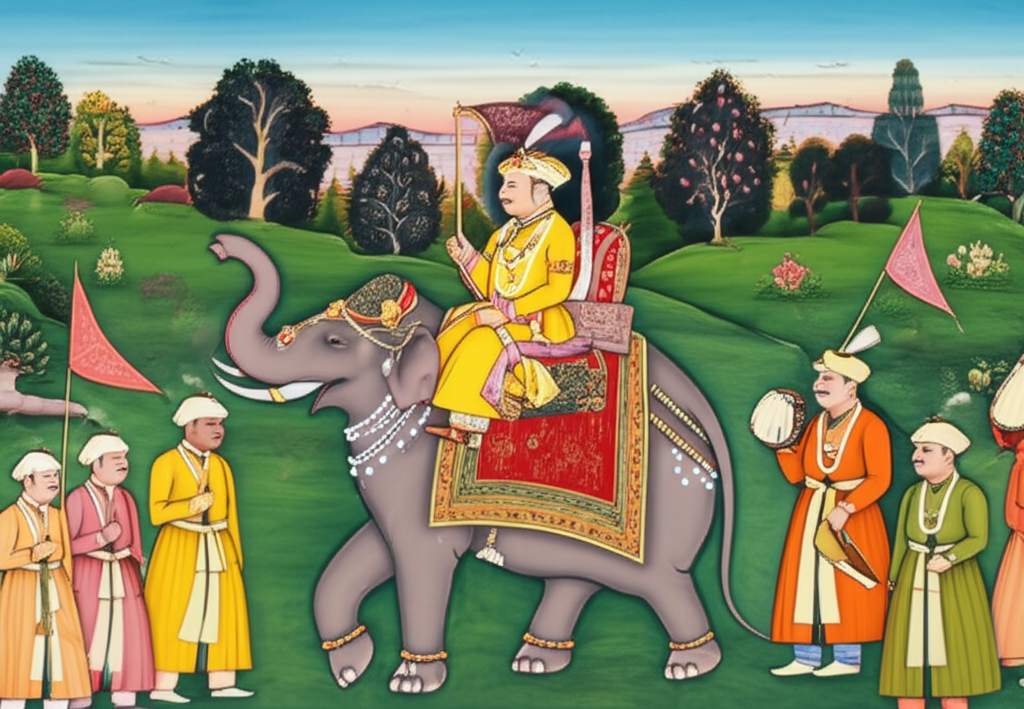About Us

Sun Temple — a hallmark of Indian architecture
The Indian Art History Congress (IAHC) was established on 21st April, 1992 with its headquarters in Guwahati. Its avowed objective was to provide a suitable academic platform to the students and scholars engaged in the study of antiquarian objects, sculptures, icons, paintings and architecture. The objectives of the organisation were announced on this momentous occasion.
The necessity of forming a broad-based association of art historians to study the variegated Indian art-forms has long been felt. On the 21st April, 1992 an association called Indian Art History Congress was duly set-up with its headquarters in Guwahati, Assam. This Congress has been formed on the auspicious occasion of the Annual Day Celebration of the Assam State Museum, Guwahati.

Academic workshop — fostering scholarly discourse
The chief aim of the Indian Art History Congress is to study and publicise various fine arts, including architecture, sculpture, painting, performing arts and the folk arts. This body will endeavour to help, in all possible ways, the art historians working in different regions on various themes. In this connection, co-operation and guidance of scholars working in India and abroad will obviously be needed.
So far, studies have been made on the origin and growth of Indian arts and their inter-relations in different parts of the country. Some comparative studies of Indian art with the art of the Western World and several parts of Asia have been fruitful in the assessment of the position of Indian art in the World context.
The archaic rock-paintings lately discovered in a considerable number in the country, particularly in the valleys of Narmada, Betwa and Chambal in central India have furnished quite useful pictorial bearing on the material culture of pre and proto-historic India. The rock-art continued to flourish in several parts of the country during the ancient and medieval periods.
The first efflorescence of plastic art has been noticed in the Harappa culture, assigned to the 3rd and 2nd millennia BCE. The remains of this chalcolithic culture have been discovered in a wide area, ranging from Punjub to Southern Gujarat and from Baluchistan and Sind to western part of Uttar Pradesh.

Ancient Warli folk art — earliest forms of Indian pictorial art

Ancient temple sculpture — representing classical Indian artistry
The philosophical basis of ancient Indian art was mainly the dvaita doctrine of Sankhya. This is discernible in Indian literature and various art-forms. Though through the media of fine arts, an integration between ethics and aesthetics was sought for in this country, Indian art aimed at a harmony between human life and various manifestations of Nature.
The role of Indian art in the cultural integration of the country has been significant indeed.
The late Prof. K. D. Bajpai formally declared the formation of the IAHC during the inaugural ceremony of the Ethnography Gallery of the Assam State Museum and the Workshop on Ethno-lab organised jointly by the Directorate of Museums, Assam and the Indian Museum, Kolkata...
Since then the IAHC has been holding its sessions every year (except in 2020 and 2021 due to the global Covid-19 pandemic) in different parts of India. Kalā, the journal of the Indian Art History Congress, has been continuously published every year without fail till the present day.

Mughal miniature — representing scholarly tradition in Indian art
